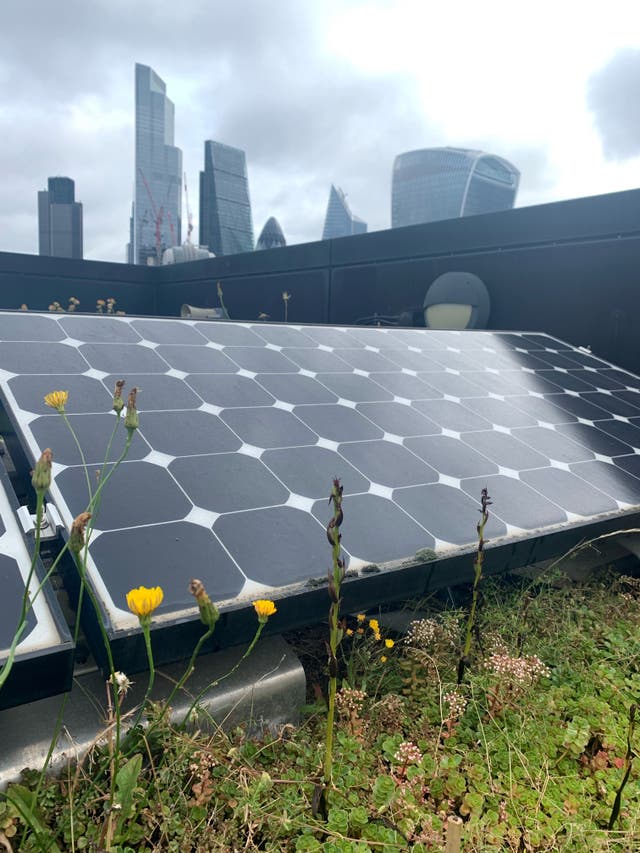
A Biden administration plan to force the rapid uptake of renewable energy would swiftly cut planet-heating emissions and save hundreds of thousands of lives from deadly air pollution, a new report has found amid growing pressure on the White House to deliver a major blow against the climate crisis.
Of various climate policy options available to the new administration, a clean energy standard would provide the largest net benefits to the US, according to the report, in terms of costs as well as lives saved.
A clean energy standard would require utilities to ratchet up the amount of clean energy, such as solar and wind, they use, through a system of incentives and penalties. The Biden administration hoped to include the measure in its major infrastructure bill but it was dropped after compromise negotiations with Republicans.
But the new report, conducted by a consortium of researchers from Harvard University, Georgia Institute of Technology and Syracuse University, suggests it would be the most effective tool in reaching a White House goal of 80% renewable energy use by 2030. Joe Biden has said he wants all electricity to be renewable by 2035.
A clean energy standard to reach the 80% goal by the end of the decade would save an estimated 317,500 lives in the US over the next 30 years, due to a sharp reduction in air pollution from the burning of coal, oil and gas. In 2030 alone, 9,200 premature deaths would be avoided once the emissions cut is achieved. The number of lives saved would be “immediate, widespread and substantial”, the report states.
A total of $1.13tn in health savings due to cleaner air would be achieved between now and 2050, with air quality improvements most acutely felt by black people who currently face disproportionate harm from living near highways and power plants.
Every state in the US would gain better air quality, the report found, although the greatest benefits would go to Ohio, Texas, Pennsylvania and Illinois, all states with substantial fossil fuel infrastructure.
The rapid switch to renewables would cost around $342bn until 2050, via capital and maintenance costs, although fuel costs would dwindle as renewables are cheaper to run than fossil fuels. The study added, however, that the financial benefits from addressing the climate crisis would dwarf this figure, at nearly $637bn.
“The cost are much lower than we expected and the deaths avoided are much higher; there really is a huge opportunity here to address climate change and air quality,” said Kathy Fallon Lambert, a study co-author and an air quality expert at the Harvard TH Chan School of Public Health.
“This would be a huge leap in ambition and we’d see that in the health impacts, there would be millions of fewer asthma attacks, for example. And this doesn’t even consider the health impacts from heat and other climate-related causes.”
Lambert said a clean energy standard would be “extremely effective” at slashing emissions, far more so than other proposals such as a carbon tax.
Biden is facing pressure from environmentalists, as well as major companies such as Apple and Google, to implement the new standard after it was dropped from the infrastructure bill. The president has said the measure will be included in a new reconciliation bill that can pass along party lines, although that will require every single Democratic senator to vote for it, which will prove a challenge.
The White House is determined this will happen however, with Gina McCarthy, Biden’s top climate adviser, saying the measure is a “non-negotiable” in the next infrastructure package.
“We need to make sure that we’re sending a signal that we want renewable energy and that it’s going to win,” McCarthy told Punchbowl News last week.




















